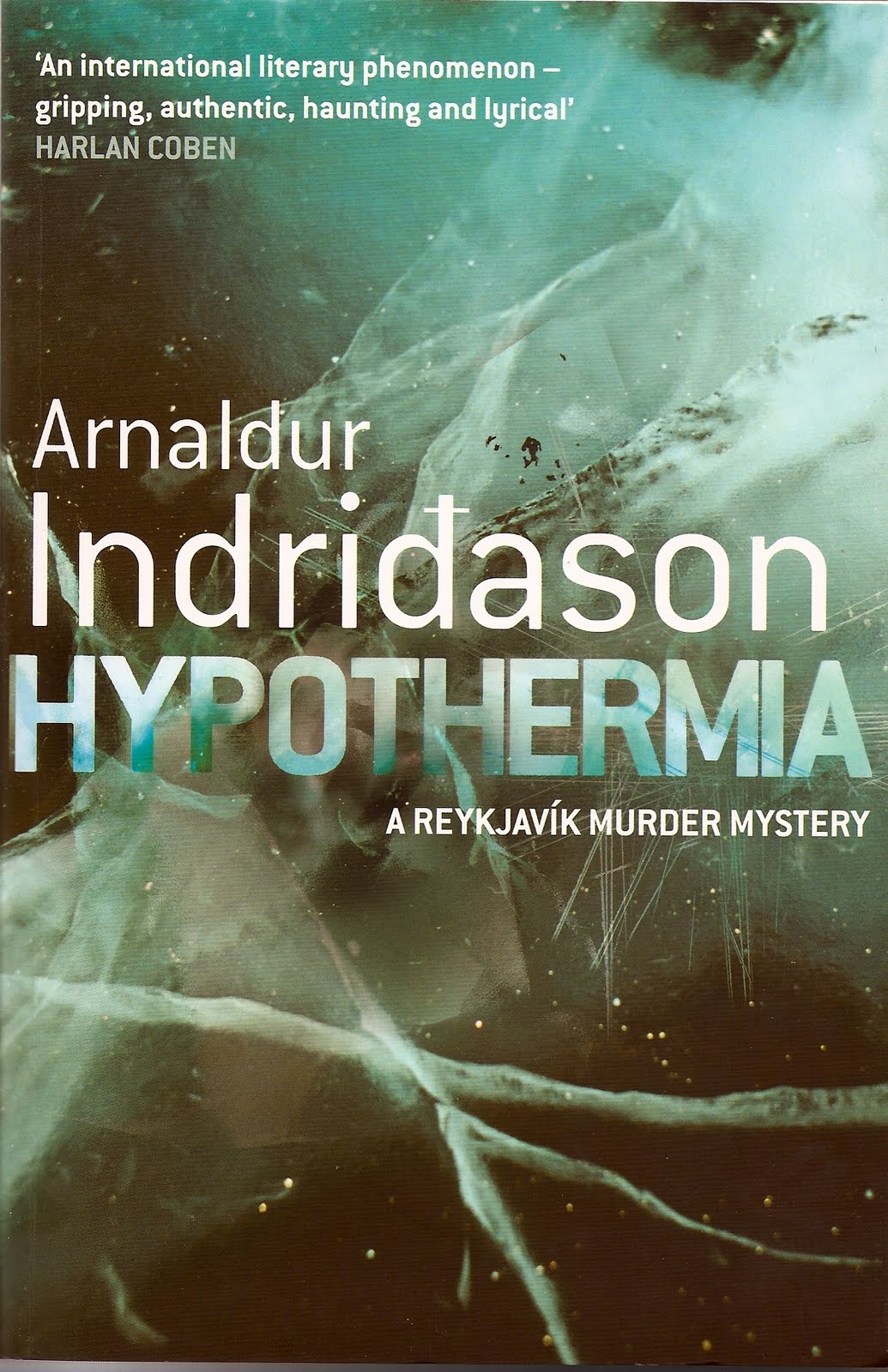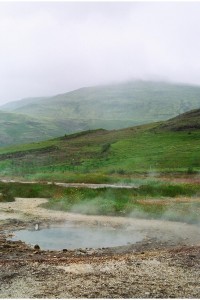
Hordur pointed out a possible future scenario: the sudden collapse of glaciers due to global warming, and the risk of some dams collapsing due to massive flooding. While in Iceland it is a matter for the water specialists in the Ministry for Energy Affairs, which is responsible for energy planning.

If the drying up of Lake Kleifarvatn, which actually happened in the early 2000s, had happened in Japan, it would have been under the jurisdiction of the Ministry of Land, Infrastructure and Transport or at best, the Fisheries Agency. The problem, he said, is that climate change and tectonic movements could make it difficult to use water resources. Hordur believes that dams for power generation can be used for as long as 70 or 80 years if they are well maintained. He also stressed the need to make better use of Iceland's abundant water resources. I recently had the opportunity to speak to Mr.Hordur Arnason, CEO at Landsvirkjun, the company responsible for 70% of Iceland's electricity supply. I will put geothermal power as a subject for another article, so I shall concentrate on hydroelectric power. The country's electricity comes almost entirely from hydroelectric and geothermal sources. The figures show that hydropower accounts for 70% of Iceland's electricity supply, and the importance of this is clear.Īnd for that matter, there is not a single thermal or nuclear power station in Iceland.

It may sound a bit far-fetched to bring this up here, but it seems to me that it is an illustration of the importance of water resource management to Iceland's energy planning. She is a researcher, and a water specialist at the Ministry for Energy Affairs. In fact, she reappears at the end of the story and her name is revealed to be "Sunna". The woman who finds the body has nothing to do with the rest of the story, but for some reason I find the character of this lonely woman fascinating. I especially love this introduction of the book to the extent that I have read this part several times.


The story begins when a woman discovers a skeleton corpse at the bottom of the lake, which has suddenly dried up due to tectonic activity. The original title, Kleifarvatn, (“The Man in the lake, Mizuumi no otoko” Japanese title) is the name of a real lake outside of Reykjavik. Before I arrived in Iceland as Ambassador, this book was recommended to me and I was fortunate enough to have a chance to read it. The book was translated into Japanese by Ms.Yumiko Yanagisawa, a translator living in Sweden, and published in Japan in 2017 by Tokyo Sogensha. It is a mystery novel written in 2004 by Mr.Arnaldur Indridason, one of the Iceland’s most beloved authors.


 0 kommentar(er)
0 kommentar(er)
